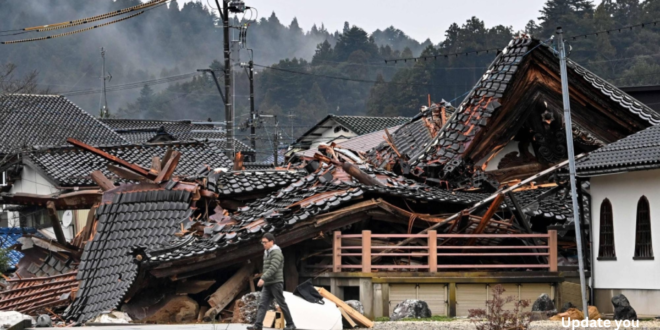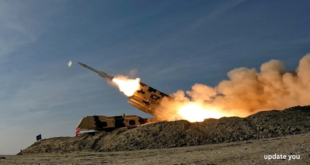Imagine the earth trembling beneath your feet, the ground shifting violently as buildings crumble around you. This harrowing scenario became a reality for millions in Japan during the recent catastrophic earthquake. As the nation grapples with the aftermath, join us in exploring the latest developments and recovery efforts unfolding amidst this crisis. Brace yourself for a gripping account that sheds light on the resilience of the Japanese people and the global support rallying to aid their ‘nation’s healing process.
Overview of the Recent Japan Earthquake
Devastating Impact
The Great East Japan Earthquake of March 11, 2011, was a catastrophic event that brought unimaginable destruction to the Tōhoku region. Registering a staggering 9.0 magnitude, it triggered a deadly tsunami that swept through coastal areas, claiming nearly 20,000 lives and leaving 2,500 more missing. The disaster left entire communities devastated, with homes, businesses, and critical infrastructure reduced to rubble.
Emergency Response and Reconstruction Efforts
In the immediate aftermath, the Japanese government mobilized a massive rescue and relief operation, assisted by the military and international organizations. Rescue workers faced immense challenges accessing the hardest-hit areas, and hundreds of thousands of displaced residents sought shelter in temporary accommodations with limited supplies.
To coordinate the long-term reconstruction, the government established the Reconstruction Agency and allocated significant budgets, funded by a temporary tax increase. The 10-year timeline was divided into two phases: the Intensive Reconstruction Period (2011-2015) and the Reconstruction and Revitalization Period (2016-2020).
Progress and Ongoing Challenges
Over the past decade, substantial progress has been made in rebuilding infrastructure, housing, and supporting local businesses. Most coastal roads and communities have been relocated to higher ground, with improved defenses against future tsunamis. However, the recovery in Fukushima has been complicated by the nuclear plant disaster, requiring extensive decontamination and reactor dismantling efforts that could take decades.
Despite the challenges, the Tohoku region has demonstrated remarkable resilience, reviving traditional crafts and hosting international events to showcase its recovery to the world. The Japanese government remains committed to providing accurate information, ensuring food safety, and promoting tourism to support the region’s revitalization.
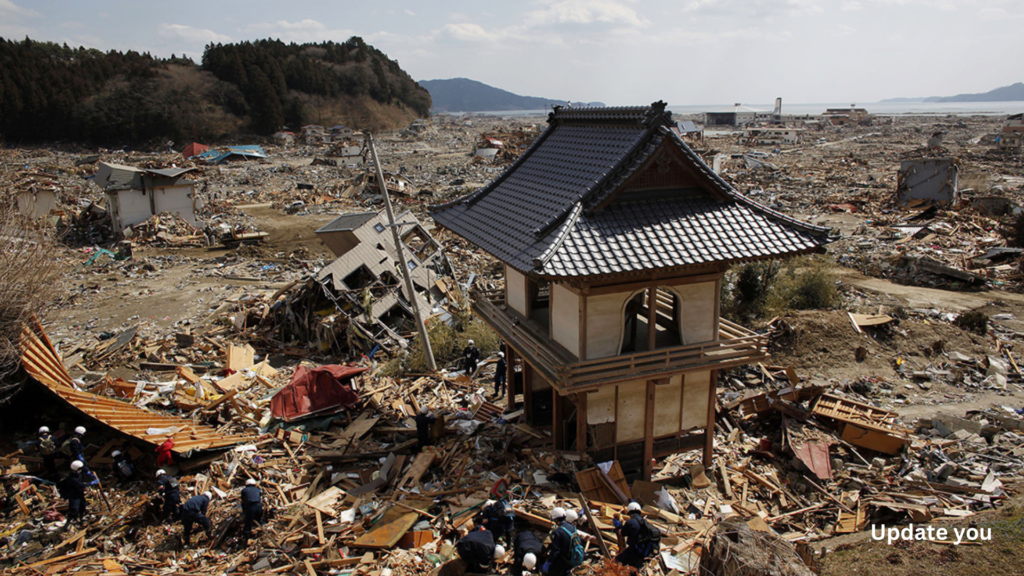
Damage and Impact from the Powerful Quake
Widespread Devastation
The magnitude 9.0 earthquake triggered a devastating tsunami that swept away entire coastal towns and cities across northeastern Japan. Miyagi prefecture suffered the brunt, with over 10,800 killed or missing and 4,100 injured, mostly due to drowning from the immense tsunami waves.
Fires raged through several cities, destroying thousands of homes. Vast farmlands were inundated, and crucial infrastructure like roads, rail lines, power grids, water systems and sewage facilities were severely damaged or rendered inoperable.
Nuclear Emergency
One of the most concerning impacts was the nuclear emergency at the Fukushima Daiichi power plant. The tsunami flooded the backup generators, causing cooling systems for three reactors to fail and triggering partial meltdowns.
Explosions and radiation leaks prompted evacuations and exclusion zones around the plant. The accident was rated at the highest level on the international nuclear event scale, similar to Chernobyl. While cooling efforts stabilized the reactors, the area around Fukushima was expected to be uninhabitable for decades due to high radiation.
Long-Lasting Effects
In total, the triple disaster resulted in over 15,000 deaths and forced hundreds of thousands to evacuate their homes. Damages were estimated at over $190 billion, with manufacturing and power supply disruptions impacting the economy.
While professional teams and international aid provided vital relief, the scale of destruction from the earthquake, tsunami and nuclear accident left long-lasting scars on the landscape and lives of residents in the Tohoku region.
Relief Efforts and Aid for Affected Areas
In the aftermath of the devastating 7.6 magnitude earthquake that struck western Japan’s Noto Peninsula on New Year’s Day, relief efforts and aid initiatives are crucial for supporting the affected communities. According to Reuters, at least 94 people have lost their lives, and over 33,000 have been forced to evacuate their homes, with more than 200 individuals still unaccounted for.
International Support Japan Earthquake
While Japan is currently focusing on its own emergency response efforts, the United States government has expressed its readiness to provide military logistical support, food, and other supplies to aid its ally. As reported by Reuters, the US and Japanese governments are coordinating on potential assistance from US troops, given the significant US military presence in Japan.
Domestic Relief Initiatives
On the domestic front, several organizations and funds are actively involved in the earthquake relief efforts. The Japan America Society of Colorado (JASC) has compiled a list of reliable organizations, including the Japanese Red Cross, Montbell’s Disaster Relief Fund, Peace Winds America, Akai
Hane, and Second Harvest, among others, encouraging people to support these channels.
Additionally, the Japanese government has allocated 4.74 billion yen ($32.7 million) from its state budget reserves to support those affected by the earthquake, as reported by Reuters.
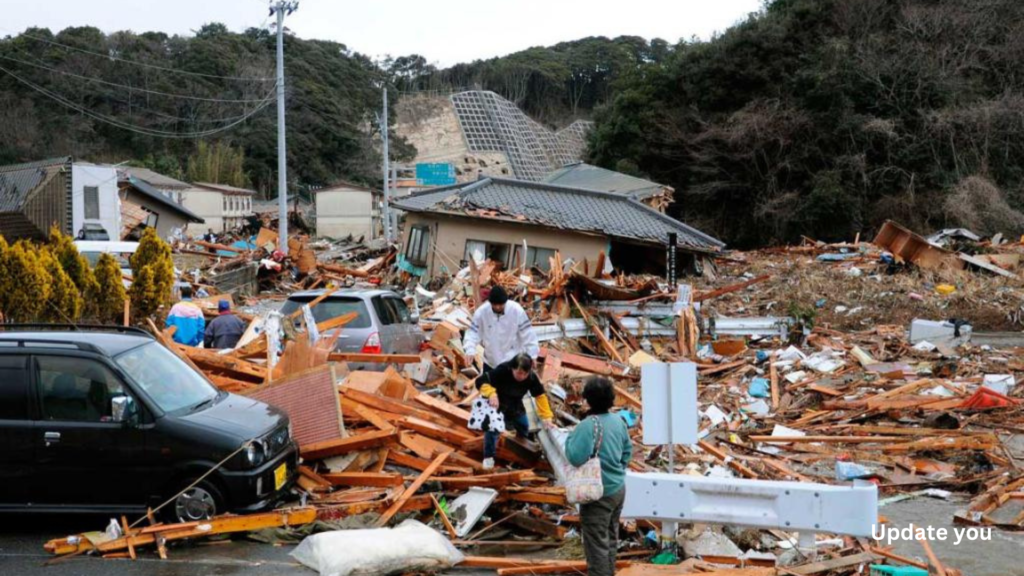
Volunteer Efforts
Volunteers are also playing a crucial role in the relief efforts, with individuals expressing their desire to “do something” and heading to the affected areas to provide aid. Organizations like the Japan NPO Center have established funds and programs to support local nonprofits in the affected areas, facilitating humanitarian support and livelihood maintenance.
As the recovery efforts continue, these relief initiatives and aid channels will play a vital role in helping the affected communities rebuild and recover from the devastating impact of the earthquake.
Road to Recovery and Rebuilding
Overcoming the Devastation Japan Earthquake
The devastating 2024 Japan earthquake left a trail of destruction, claiming hundreds of lives and damaging over 75,000 buildings in Ishikawa Prefecture alone. The initial response focused on search-and-rescue efforts, providing shelter, and restoring critical infrastructure like roads, utilities, and healthcare facilities. With over 60,000 homes damaged, temporary housing. emerged as a pressing need.
Government-Led Initiatives
The Japanese government swiftly allocated $2.57 billion to support recovery efforts, including temporary housing, restoring public facilities, and aiding affected industries and social services. Thousands of soldiers were deployed to distribute essential supplies and assist with disaster waste disposal, leveraging expertise from regions like Miyagi that endured the 2011 Tohoku earthquake.
Rebuilding Resilient Communities
As immediate needs are addressed, long-term recovery plans are underway. The Reconstruction Agency, established after the 2011 disaster, is leading initiatives to revive local industries, support livelihoods, and provide healthcare services, including mental health support. Ensuring food safety through thorough inspections and disseminating accurate information about radiation risks in affected areas like Fukushima is also a priority.
The Path Forward Japan Earthquake
While the road to recovery is long, Japan’s resilience and commitment to rebuilding are steadfast. By allocating resources strategically, leveraging expertise from past disasters, and prioritizing the well-being of affected communities, the nation is paving the way for a future where resilient infrastructure and preparedness safeguard against future calamities. –
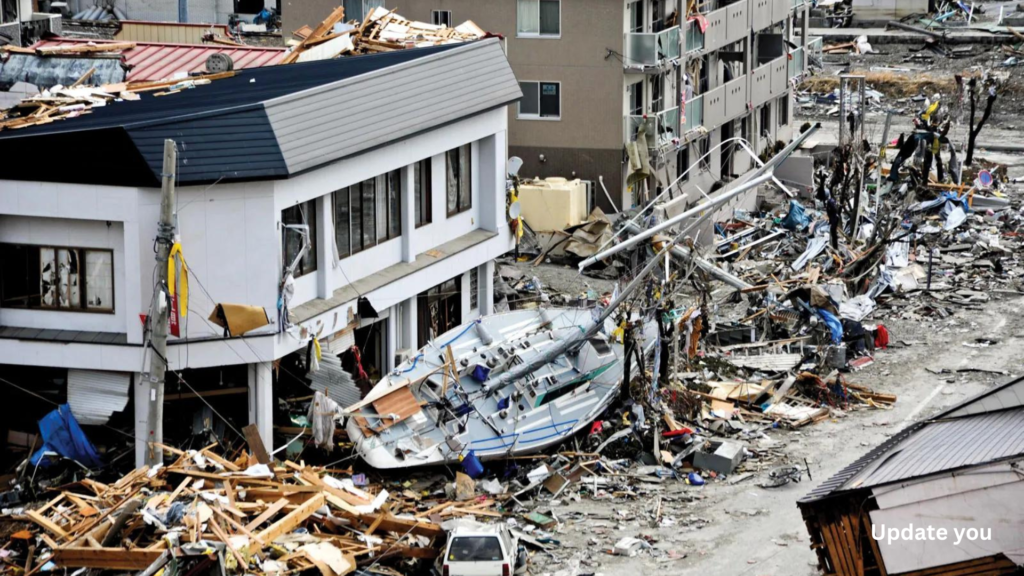
How to Help Victims of the Japan Earthquake
Donate to Relief Organizations Japan Earthquake
One of the most effective ways to support those affected by the devastating earthquake in Japan’s Noto Peninsula is by donating to reputable relief organizations on the ground. The Japanese Red Cross Society has been providing humanitarian aid during disasters for over a century and is currently accepting donations until December 27, 2024. Peace Boat Disaster Relief has dispatched a team to distribute warm meals, and you can donate through their website.
Support Food Distribution Efforts
Access to food and clean water remains a critical challenge in the hardest-hit areas. Second Harvest Japan is collaborating with local partners to provide hot meals and assess ongoing
needs, while AAR Japan has set up kitchens to cook and distribute meals. Both organizations are accepting donations through their websites or GlobalGiving projects.
Volunteer or Donate Supplies Japan Earthquake
For those in the Kaga area, volunteering at Kaga City Hall can provide much-needed assistance, but travel is currently advised against due to damaged infrastructure. Alternatively, consider donating essential supplies like portable gas burners, emergency toilet kits, and adult diapers, which are being collected by the “Lifeline Service” until January 8, 2024.
Support Children’s Well-being Japan Earthquake
The earthquake has left many children displaced and traumatized Save the Children has opened child-friendly spaces at evacuation centers, providing a safe place for kids to play, learn, and connect with loved ones. They’ve also distributed emergency kits and psychological support materials to help children cope.
Conclusion
As the recovery efforts in Japan continue, your support and awareness remain invaluable. Stay informed on the latest developments, aid initiatives, and ways to contribute. Though immense challenges lie ahead, Japan’s resilience and global solidarity will pave the path toward rebuilding and healing. In these trying times, let compassion guide your actions, reminding us of our shared humanity’s strength to overcome adversity.
 Update
Update
